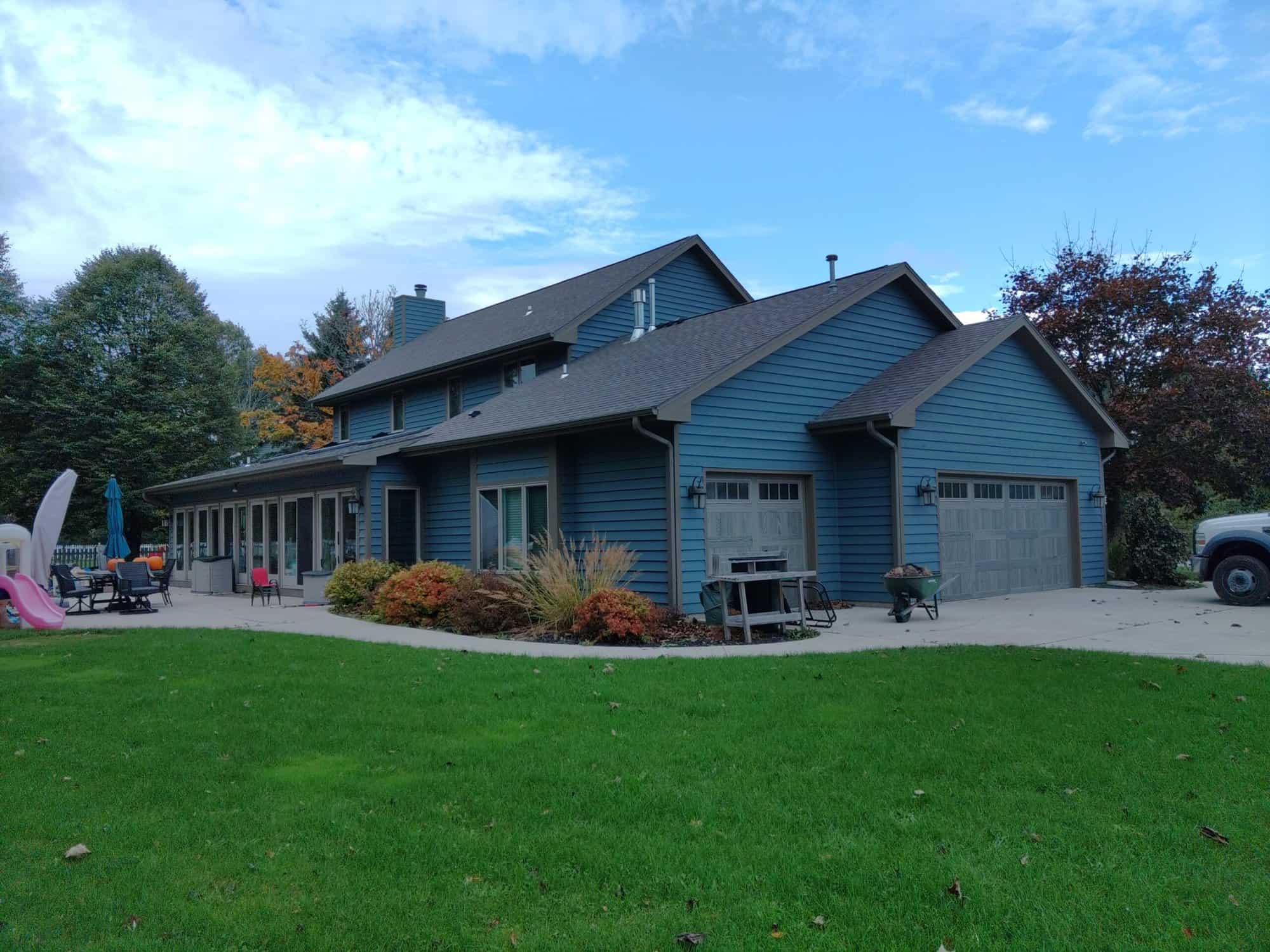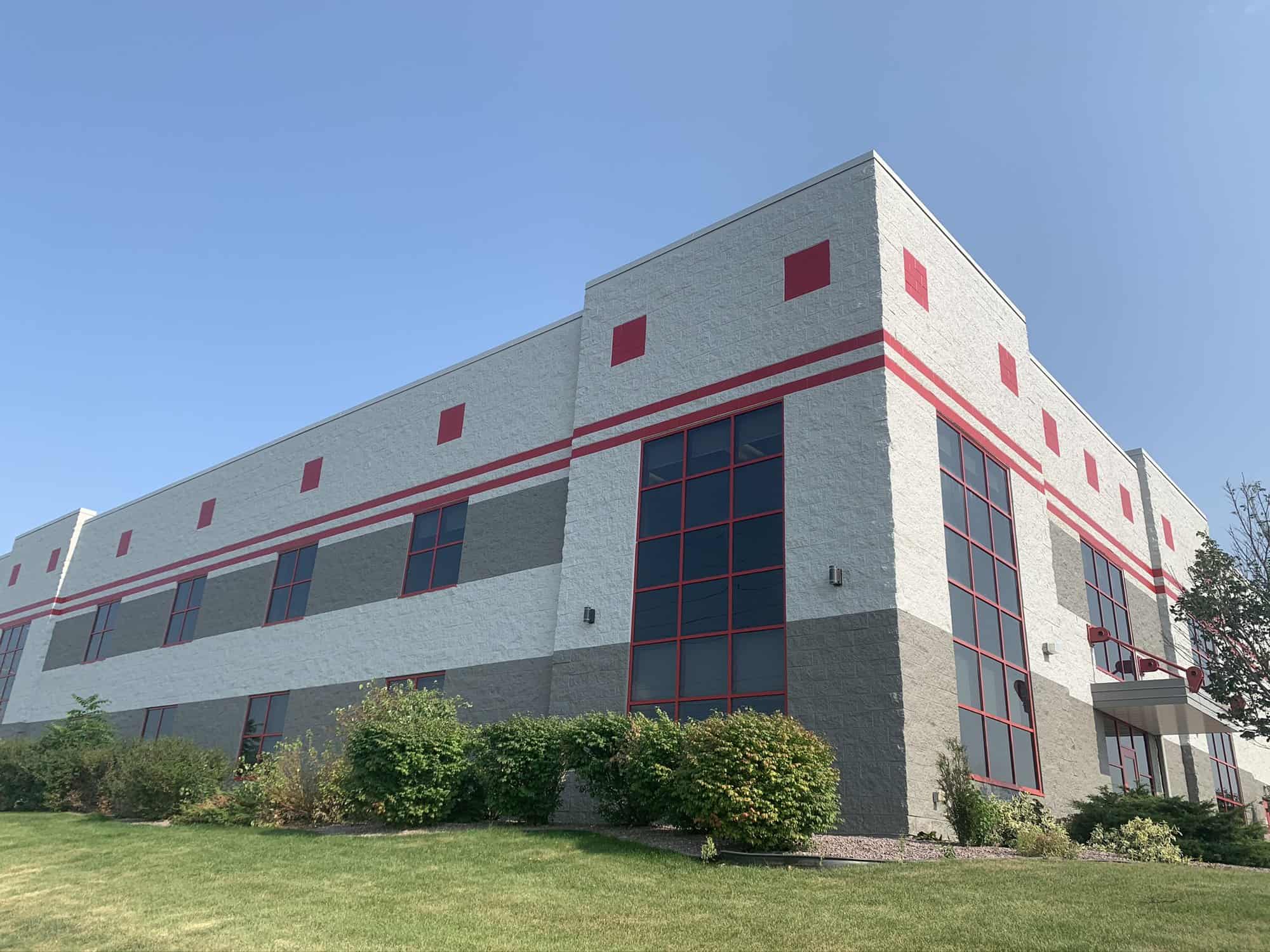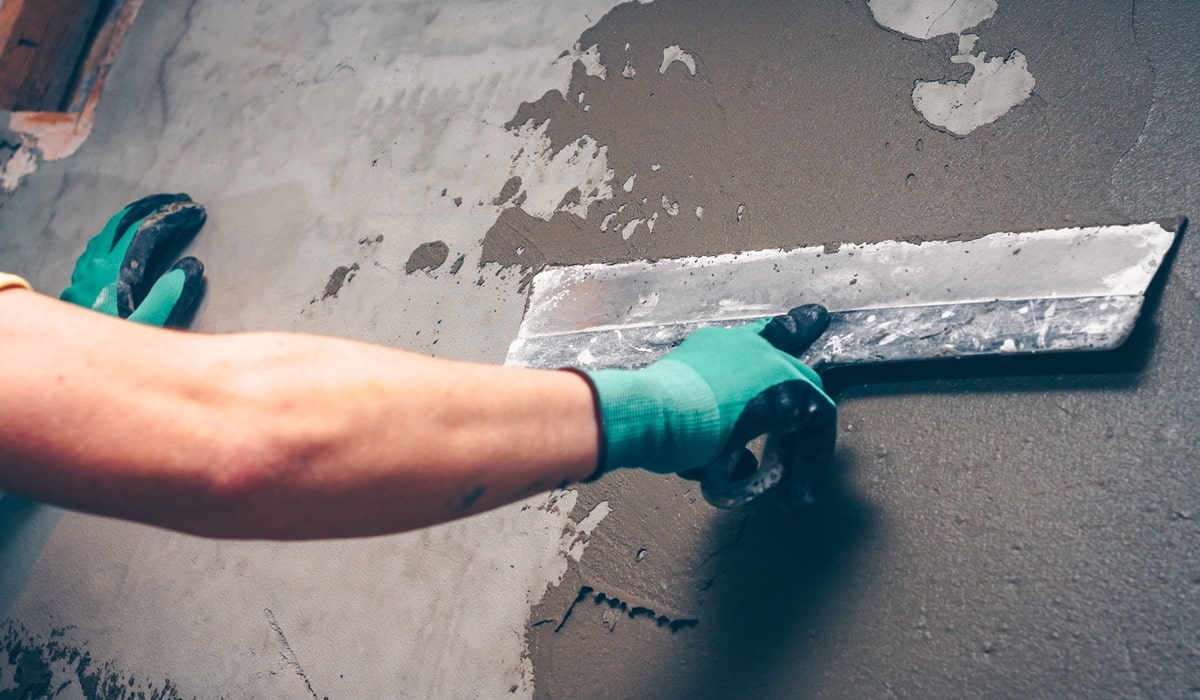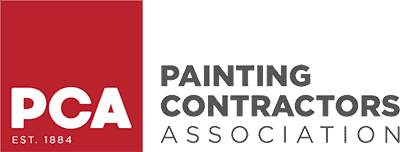When you’re facing major repairs or damage, knowing how to navigate home restoration services can make the process far less overwhelming. Whether it’s from water, fire, or simply an aging property, understanding what to expect during home restoration helps you feel more in control and less stressed. Let’s walk through what really happens when your house needs a major restoration.
Key Takeaways:
- Home restoration includes multiple phases: inspection, planning, demolition, repair, and final touches.
- Clear communication with your contractor is essential.
- Restoration timelines vary based on the extent of the damage.
- You may be able to stay in your home — or not — depending on the severity.
- Insurance often plays a key role in what’s covered and when things happen.
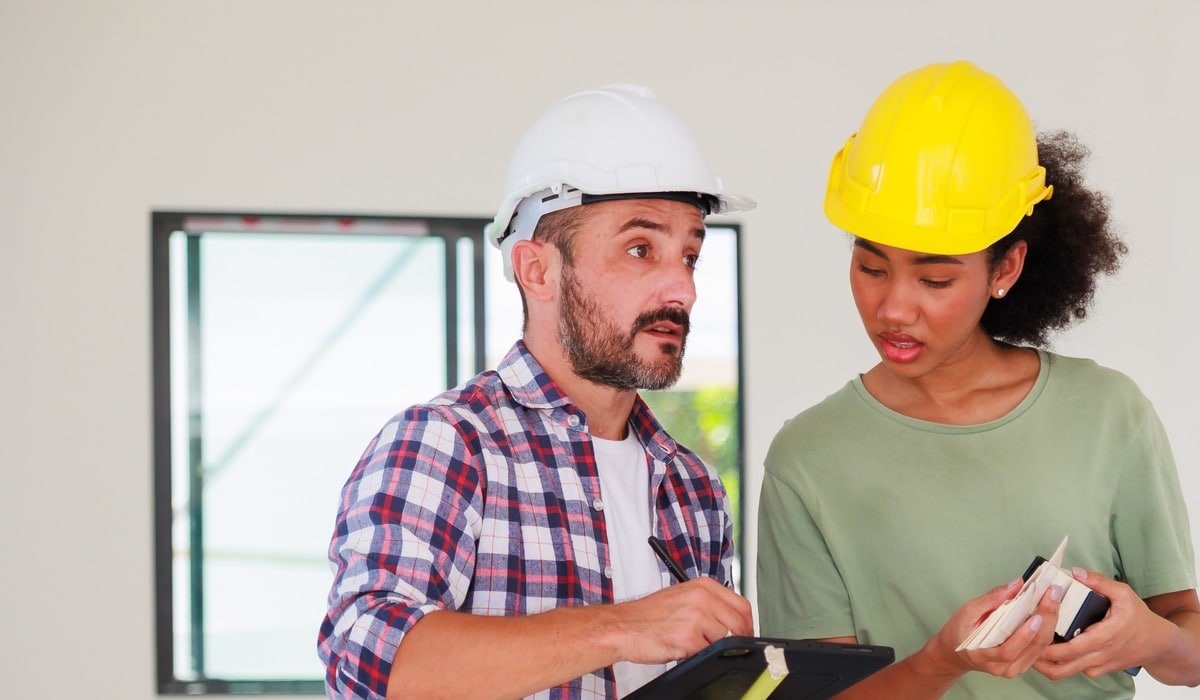
First Things First: Inspection and Assessment
Before any tools come out, a professional team will assess the damage or needed repairs. This usually includes:
- A walk-through of the entire property
- Identifying safety hazards
- Noting structural or cosmetic concerns
- Estimating costs and timeframes
Expect detailed notes, photos, and a proposal from your restoration company. This is where having trusted home restoration services really matters.
Phase 2: Planning and Permitting
Once you’ve approved the plan, the team will begin coordinating logistics. This includes:
- Drawing up architectural or design plans (if needed)
- Getting permits from the city or county
- Lining up subcontractors (plumbers, electricians, carpenters, etc.)
You’ll likely review a timeline and scope of work before anything begins.
Demolition: Out with the Old
If parts of your home are beyond saving, they’ll need to go. That means removing:
- Damaged drywall, flooring, or cabinetry
- Mold-infested materials
- Unsafe electrical or plumbing systems
Don’t worry — this phase might look chaotic, but it sets the foundation for everything else.
Structural Repairs and Restoration
Once the space is cleared, the real rebuilding starts. Depending on your situation, this may include:
- Framing and drywall
- Roofing repairs
- Electrical rewiring or panel upgrades
- Plumbing replacement
- HVAC updates
This is the longest part of the process, but also the most transformative.
Cosmetic Work: Making Your Home Feel Like Home Again
After all the behind-the-walls work is done, the fun part begins:
- Painting and trim
- Flooring installation
- Cabinetry and countertops
- Lighting and appliance installation
You’ll start to see your home come back to life, with details that reflect your style and preferences.
Final Walkthrough and Punch List
Before calling it complete, your contractor will walk through the entire home with you to:
- Spot any unfinished or incorrect items
- Adjust anything not up to standard
- Ensure you’re satisfied with the work
Only then will the project be officially complete.
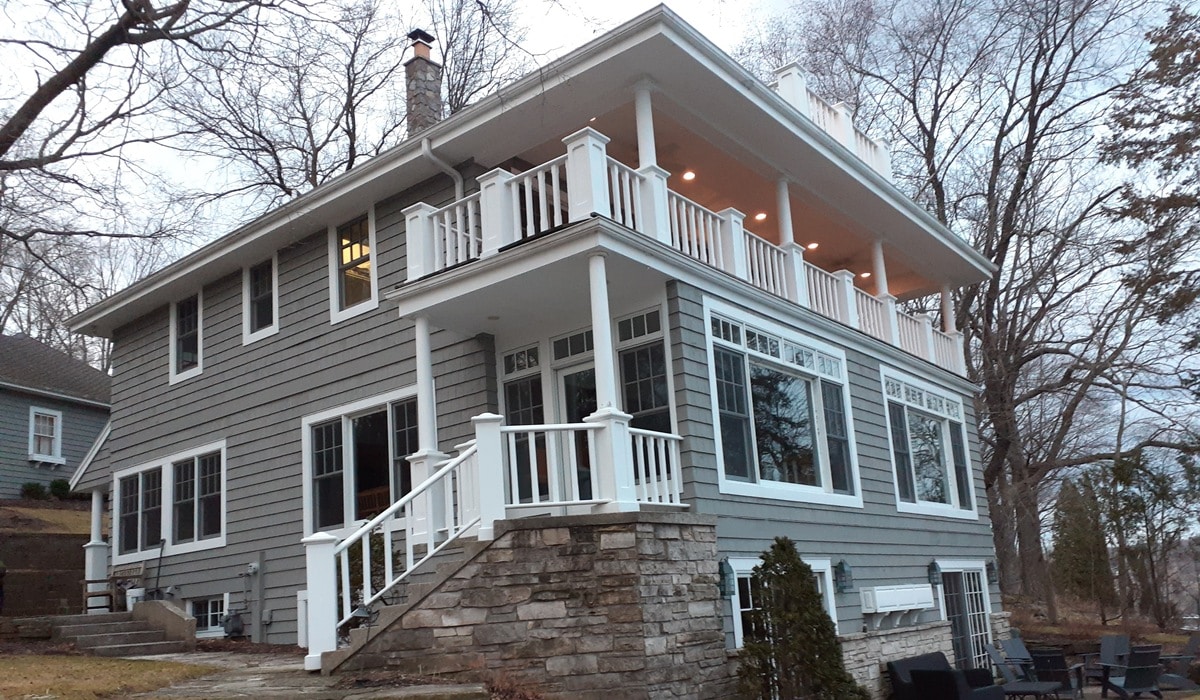
Frequently Asked Questions About Home Restoration
How long does full home restoration take?
It depends on the extent of the damage. Minor restorations can take weeks; major ones may take several months.
Can I stay in my home during the process?
Sometimes yes, but not always. Your contractor will help you decide based on safety, noise, and access.
Will insurance cover this?
Most policies cover damage from fire, water, or natural disasters. Review your policy and work with your contractor to submit claims.
How do I choose a good restoration company?
Look for licensed, insured, and experienced contractors with strong reviews. Transparency, communication, and a clear plan are musts.
What’s the difference between restoration and renovation?
Restoration brings your home back to its previous condition, often after damage. Renovation usually means updating or changing things for aesthetic or functional improvements.
Tips for a Smooth Home Restoration Experience
Here are some practical tips to help keep your home restoration journey as smooth and stress-free as possible. These small steps can make a big difference in how confidently and efficiently the process goes:
- Keep all paperwork and photos organized: Maintain a folder (digital or physical) of all receipts, contracts, insurance documents, and before-and-after photos. This helps with tracking progress, managing claims, and resolving disputes if they arise.
- Communicate regularly with your contractor: Check in at least weekly, ask questions, and stay involved. Clear, consistent communication prevents misunderstandings and keeps everyone on the same page.
- Expect delays, especially with permits or materials: Backorders, labor shortages, or municipal red tape are common hiccups. Build some buffer into your timeline so unexpected delays don’t derail your entire plan.
- Stay flexible — surprises are part of the process: Once walls are opened up, issues like mold, pests, or outdated wiring may surface. Being emotionally and financially prepared for the unexpected can help you roll with the punches.
Restoring a home can feel like a huge job, but with the right home restoration services, you’ll know exactly what to expect during home restoration. You’re not just repairing walls — you’re rebuilding comfort, safety, and peace of mind.
Ready to restore your space? Contact S&S Painting & Restoration at 920-332-5772 for expert help, clear communication, and stress-free service from start to finish.

